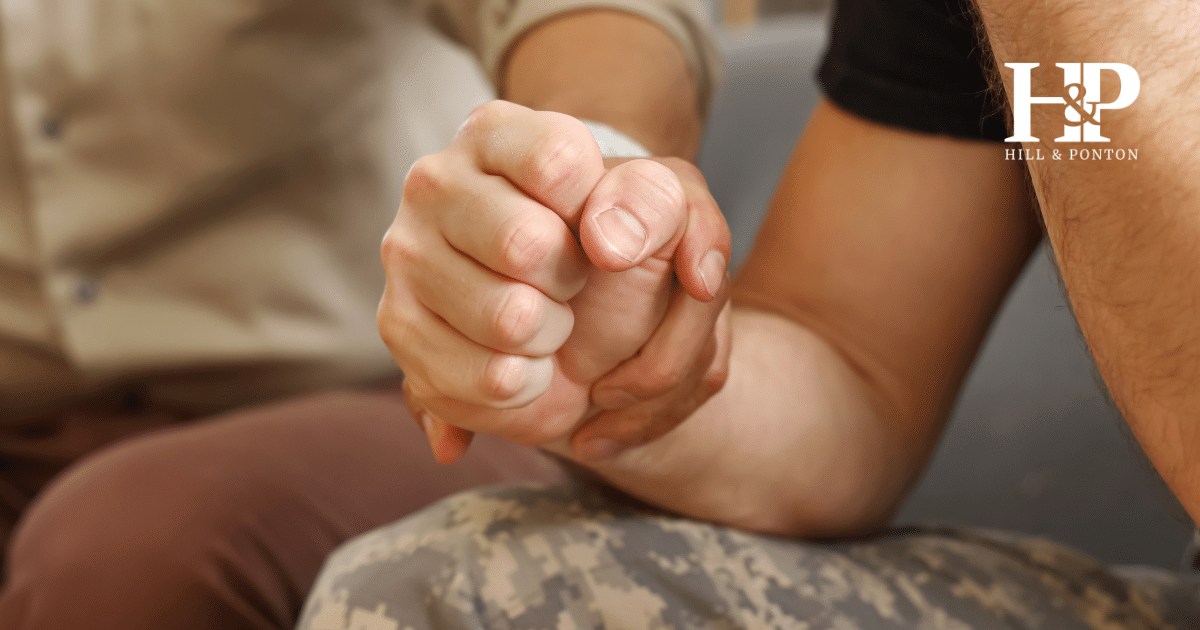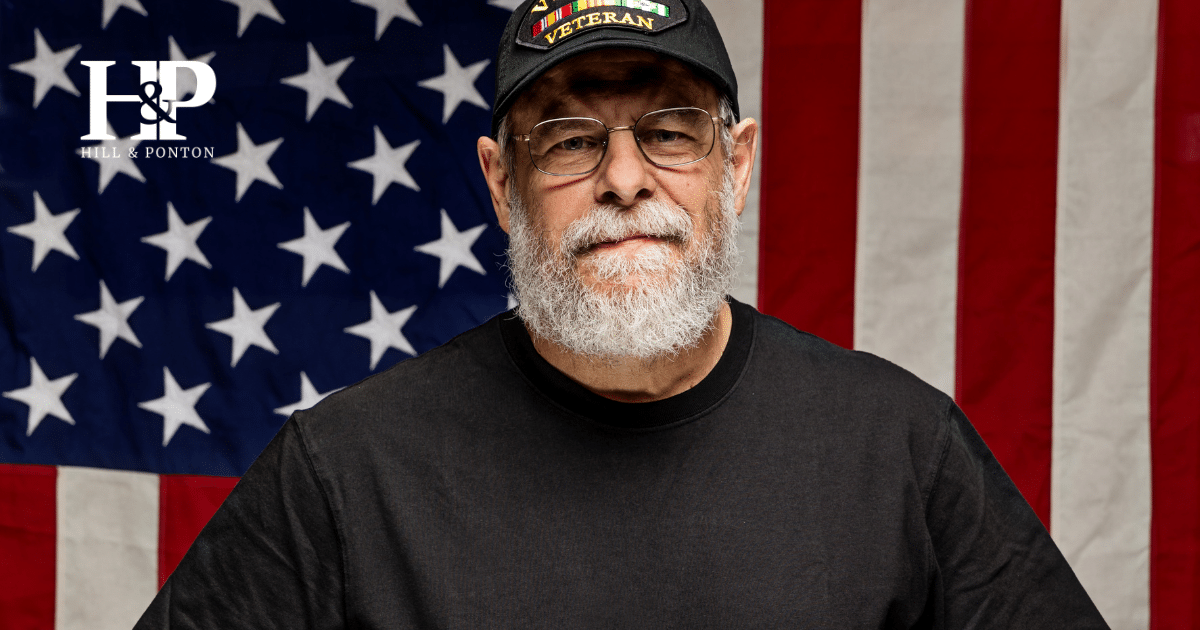Recently, there have been multiple incidents involving different branches of our military that have resulted in tragic outcomes. Unfortunately, too many of our Marines and Sailors have been killed due to the Marine cargo plane crashing and the two separate incidents of Navy ship collisions; USS Fitzgerald and USS John McCain. Although there is still some hope for some of the missing USS John McCain sailors, as not all remains have been found, seven sailors were killed onboard USS Fitzgerald and 16 Marines were killed in the plane crash. Regrettably, traumatic incidents such as these and loss of life are not a rare occurrence for members of the military and it is important to look at mental health within the military community, including veterans, and how it pertains to claims within the VA.
Verifying a Stressor
One of the most common claims the VA receives is for service connection of Post-Traumatic Stress Disorder (PTSD). When the VA receives a PTSD claim, the first thing they look for is an in-service stressor. This can be any sort of traumatic event that occurred directly to you, or that you witnessed. For example, being involved in direct combat action, or being onboard during a tragic collision and fighting through the damage control efforts would be a direct experience. Seeing an IED blow up, but not necessarily being injured or being on the communications channel as a plane crashed down are examples of witnessing a traumatic event.
When the incident in question was a major event, such as the military occurrences mentioned above, there will be news coverage and plenty of documents for the VA to verify that the event did in fact occur. If you were involved in direct combat, it is vital to ensure your Combat Action Ribbon is listed on your DD 214 as this concedes a PTSD stressor with the VA. However, there is also the personal trauma that can lead to PTSD, such as hazing or rape, which unfortunately is rarely reported, and there are also smaller incidents such as a gun misfiring and exploding in a soldiers face that aren’t as easily reported or able to be verified.
For these stressors, the VA will look into your Service Medical Records to see if you had received any mental health treatment in service. If the incident involved any physical injuries, they will also look for those reports to help prove the incident occurred if there are no mental health reports. The VA will also use your Service Records as evidence to see if they contain any major change in performance records, disciplinary issues, or unauthorized absences after the claimed date of your stressor; basically, they are looking for any behaviors that were not apparent before the incident occurred.
Verifying a Stressor without using Service Records/Service Medical Records
Sometimes military records are not always complete or there may just not be any evidence of your claimed stressor. There is a large stigma within the military community that if you seek mental health treatment you will be labeled as weak, unfit for duty, or even discharged. Therefore, many vets do not receive any treatment or even report their incident, and their military records may be completely void of any evidence to help their case with the VA. This does not mean your case cannot be won.
The VA will also take into account lay evidence such as buddy statements and personal medical records. Buddy statements can be from other service members who witnessed your claimed stressor or someone whom you confided in about the incident. They can also be from friends and family members who have noticed a drastic change in your personality and behavior from before you went into the service. For more information on buddy statements and how they can help your claim, see our blog post for tips on writing buddy statements.
Showing Mental Health Treatment
An additional link to validating if your PTSD is linked to service that the VA will look at is continuity of treatment. They will determine when you were officially diagnosed with PTSD, whether it was in service, or sometime after your discharge. They will then look to see if you have received any mental health treatment for PTSD since your diagnosis. The VA is very strict on seeing a continuance of treatment to show the detail or your symptoms and the effect it has had throughout your life. This will also help to ensure you receive the correct rating from the VA the first time. However, even if you haven’t received any treatment yet, it is never too late; not only for your VA claim but also for your own state of mind.



